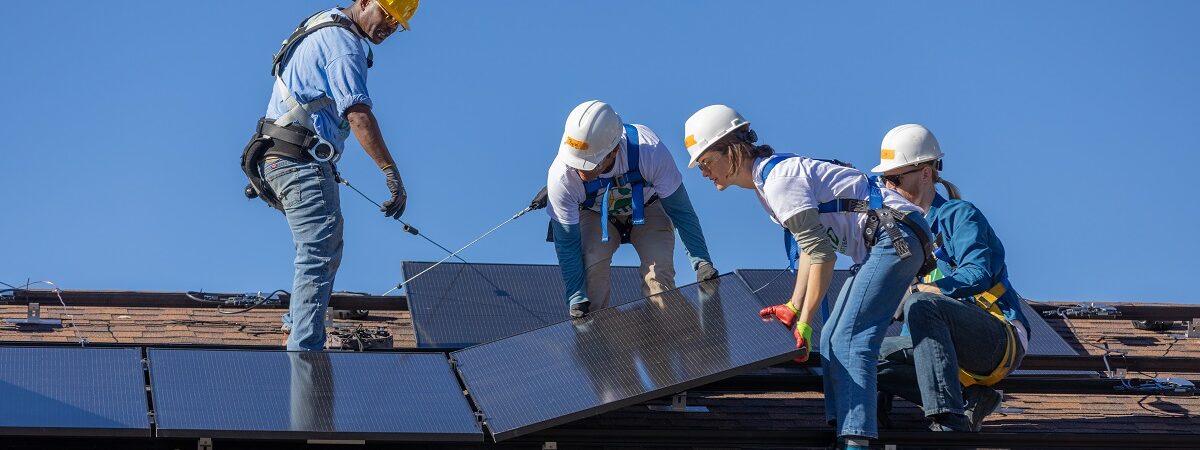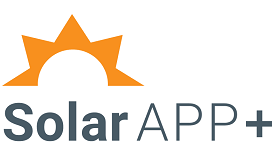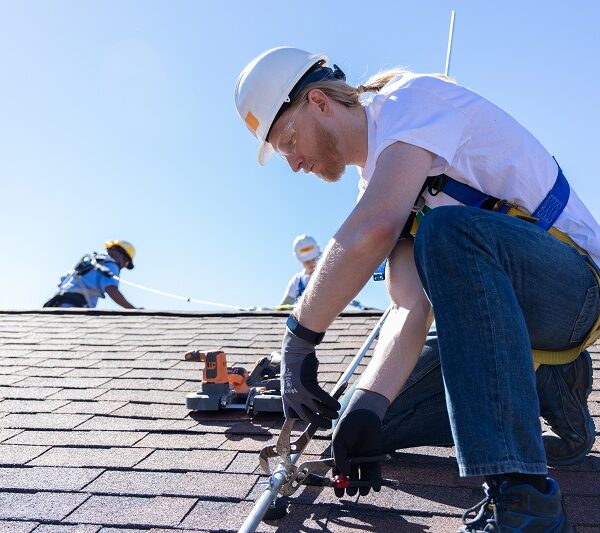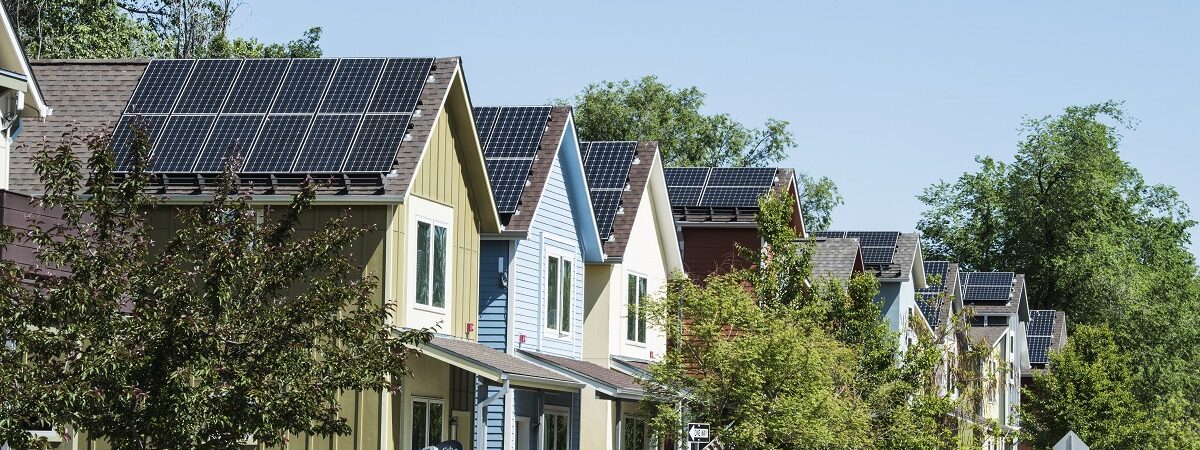
SolarAPP+
Model & Strategy
SolarAPP+ accelerates access to clean energy nationwide by working with local governments to streamline permitting for solar installation through a digitized, automated process that supports faster solar adoption, grid decarbonization, and job creation. SolarAPP+ has been integrated across 250 local jurisdictions — roughly 40% in disadvantaged communities — and, in 2023 alone, SolarAPP+ abated nearly 2 million tons CO2 emissions and saved an estimated $945,000 in household electricity costs.
The Problem
To hit net zero by 2050, the world must build clean power faster. For the U.S., which aims to decarbonize its power sector by 2035, this means boosting renewable energy deployment two to three times its current rate. This necessitates transitioning residential energy systems. Despite the strong consensus to build out clean energy infrastructure, residential and commercial projects continue to face delays. Current permitting practices have become a major barrier to achieving ambitious climate energy goals. If the U.S. is to achieve its goals at the speed and scale that the climate crisis requires, the country will have to permit faster.
The Solution
SolarAPP+ (Solar Automated Permit Processing Plus) is an innovative online platform accelerating permitting for residential solar. By automating and standardizing the process, SolarAPP+ is saving valuable time and resources for local governments, solar contractors, and households, while eliminating a critical obstacle to a clean energy transition. The SolarAPP+ platform is designed to be used by two stakeholders: 1) jurisdictions and their permitting departments (hosting the platform for intake of solar installation applications), and 2) solar installers (users of the electronic application). SolarAPP+ is free for all jurisdictions. The initial setup requires basic data collection to understand each jurisdiction’s local permitting policies, then a SolarAPP+ team member reaches out to a jurisdiction to assist with implementation.
Once a jurisdiction adopts SolarAPP+, installers can sign up and simply input typical project design specifications into the platform. SolarAPP+ automatically checks the project against the most up-to-date jurisdictional code standards and then issues a permit to begin installation. Some installers can install the same day or the next day after submitting through SolarAPP+. Non-compliant applications are instantly rejected, providing installers with immediate feedback on areas needing corrections prior to fee payment. This immediate feedback loop — which can usually be stalled for days or weeks due to inefficient permitting practices (e.g., overworked, understaffed departments working on paper applications) is a simple, yet extremely effective way to break down systemic efficiencies while promoting safety and compliance. Projects using the SolarAPP+ system are 29% less likely to fail the inspection process than those undergoing traditional “hand review.” SolarAPP+ is advancing equity and accessibility in the clean energy transition by reducing the financial burden of permitting for LMI households, supporting small local installers, and helping under-resourced government departments.



Matthew has an extensive background working at the intersection of technology and public service. Prior to SolarAPP+, Matthew served as the director of the founding team at the Colorado Digital Service, where he launched high-profile digital products and services for the state (e.g., software platforms for pre-schools, COVID-19 contact tracing). He also worked in the White House as the special assistant and policy advisor to the U.S. Chief Technology Officer under the Obama Administration.

Impact
To date, SolarAPP+ has processed more than 70,000 permits, and, on average, SolarAPP+ has reduced project timelines by three weeks compared to a traditionally permitted project with an average length of 47.5 days, and in some places SolarAPP+ has removed months of delays.
SolarAPP+ saves an hour of staff time per solar plan set submitted through the system, resulting in tens of thousands of hours saved by local governments.

